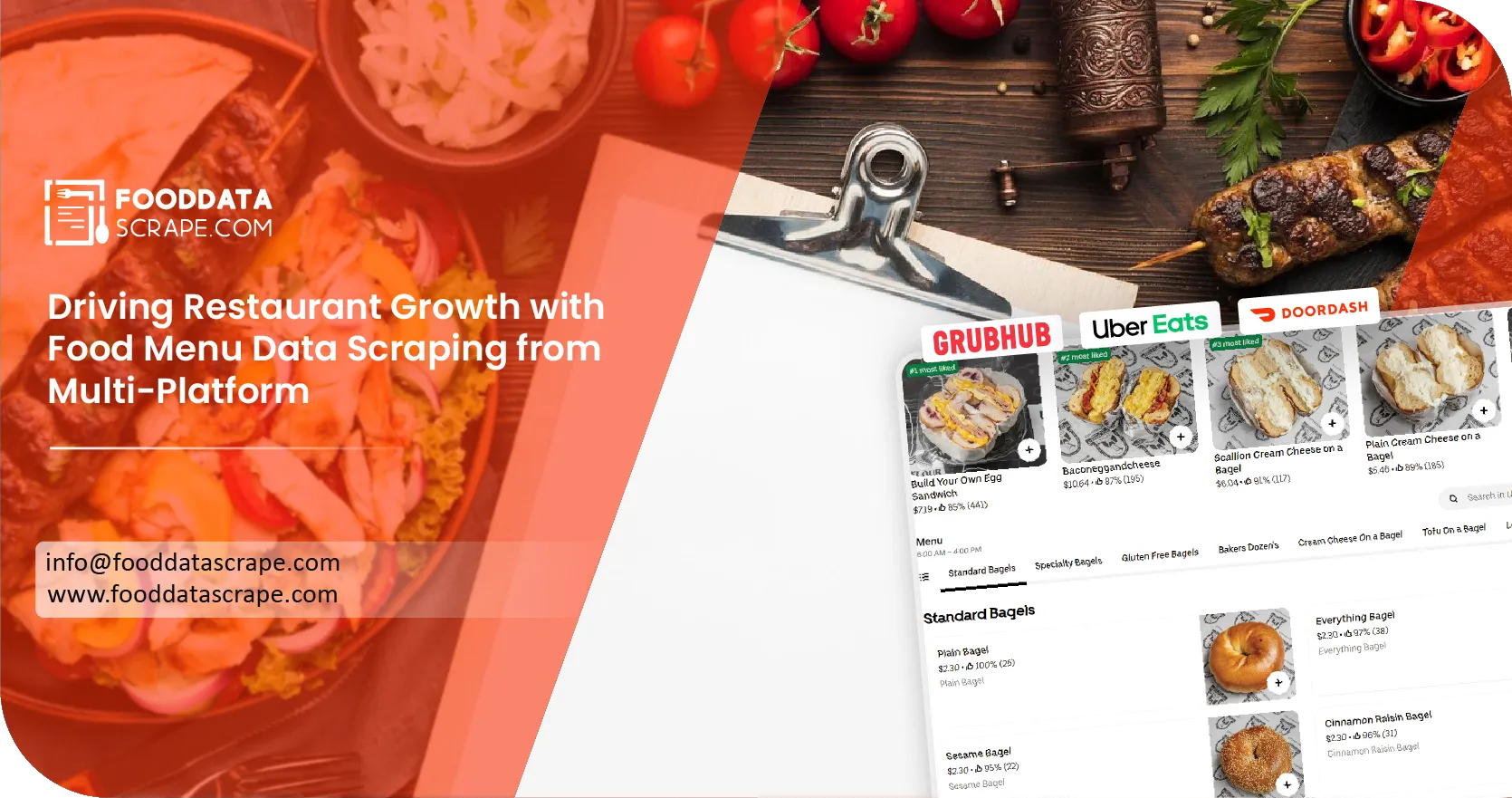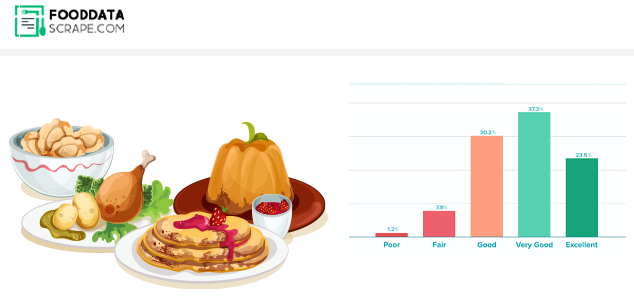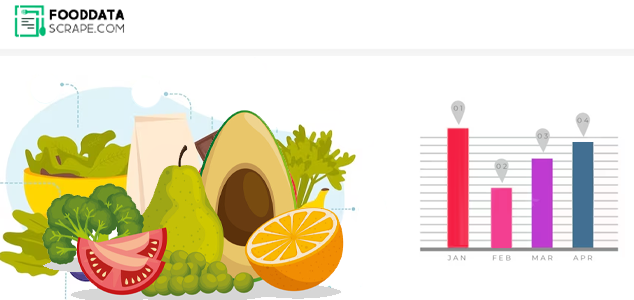The Client
The client, a rapidly expanding fast-casual restaurant brand, sought to strengthen its market position by leveraging data-driven insights. Operating in multiple states, they needed granular visibility into competitor menus, pricing, and customer preferences across delivery platforms. They approached us for a tailored solution that enabled Real-Time Menu Scraping from Multiple Food Platforms, including Uber Eats, DoorDash, and Grubhub. Their goal was to benchmark their offerings against those of local and national competitors to inform smarter menu and pricing strategies. With a scalable Food Delivery Menu Comparison Scraper, we helped them collect structured, accurate, and geo-tagged menu data on a daily basis. This allowed their marketing and operations teams to identify trending items, evaluate regional price points, and optimize promotions, resulting in increased customer engagement and faster adaptation to evolving food delivery trends.
Key Challenges
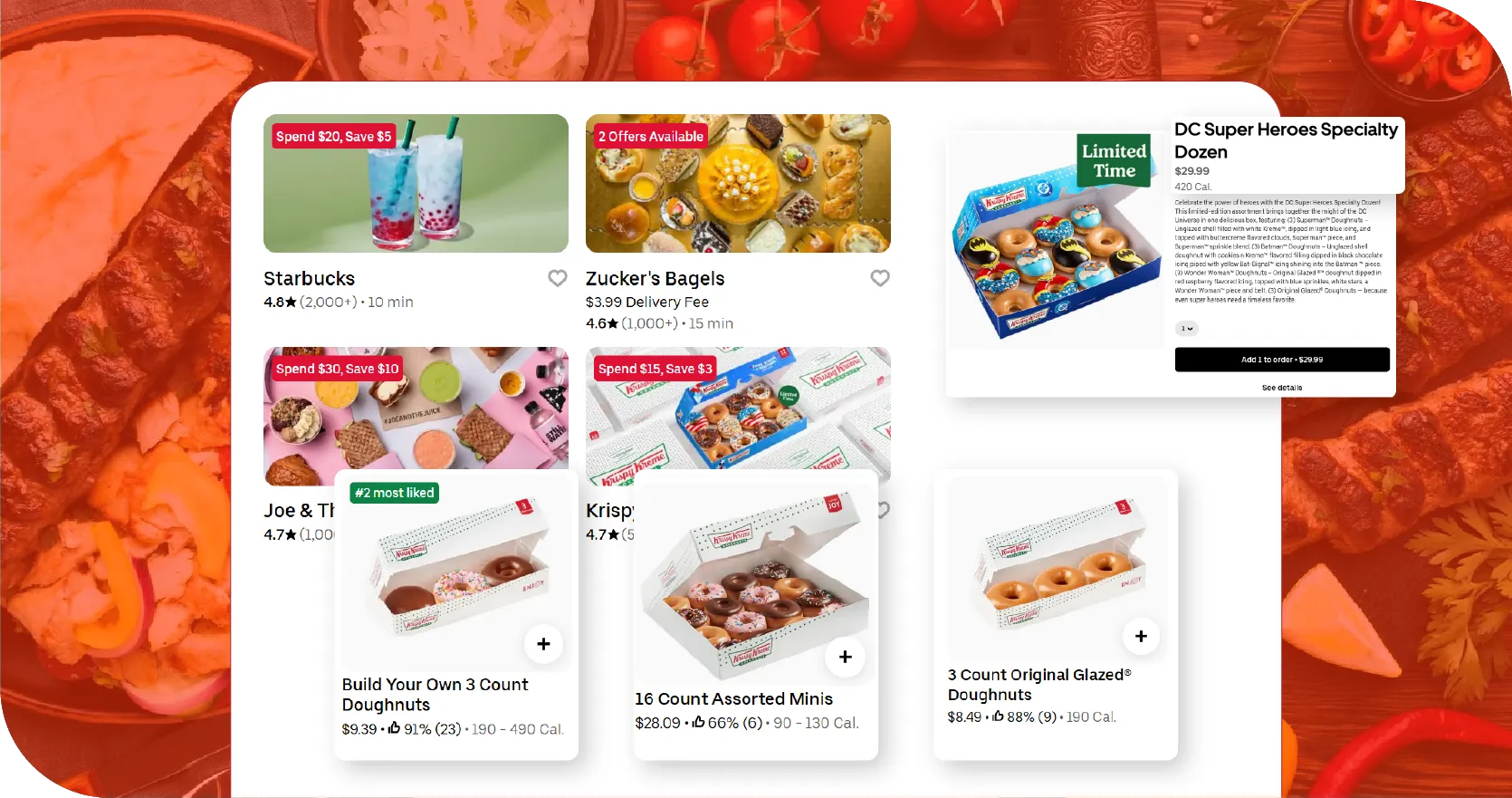
1. Complex Platform Variations: The client struggled to maintain consistency across multiple food delivery platforms due to varying data formats, missing tags, and inconsistent categorization. This made DoorDash vs UberEats vs Grubhub Menu Scraping a technical challenge, limiting their ability to perform practical cross-platform analysis and delaying strategic decision-making processes.
2. Frequent Menu Updates: Constant updates in product listings, pricing, and availability made it difficult for the client to gather accurate data manually. They required an automated solution for Scraping DoorDash, Uber Eats, and Grubhub Menu Listings that could keep pace with changes in real-time, ensuring data relevance and accuracy across multiple regions and cuisines.
3. Integration & Scalability Issues: Their internal systems were unable to integrate with external data sources at scale efficiently. Without access to structured and automated DoorDash Food Delivery Scraping API Services, their ability to collect, organize, and utilize menu intelligence across locations was severely restricted, leading to slower business insights and missed opportunities.
Key Solutions
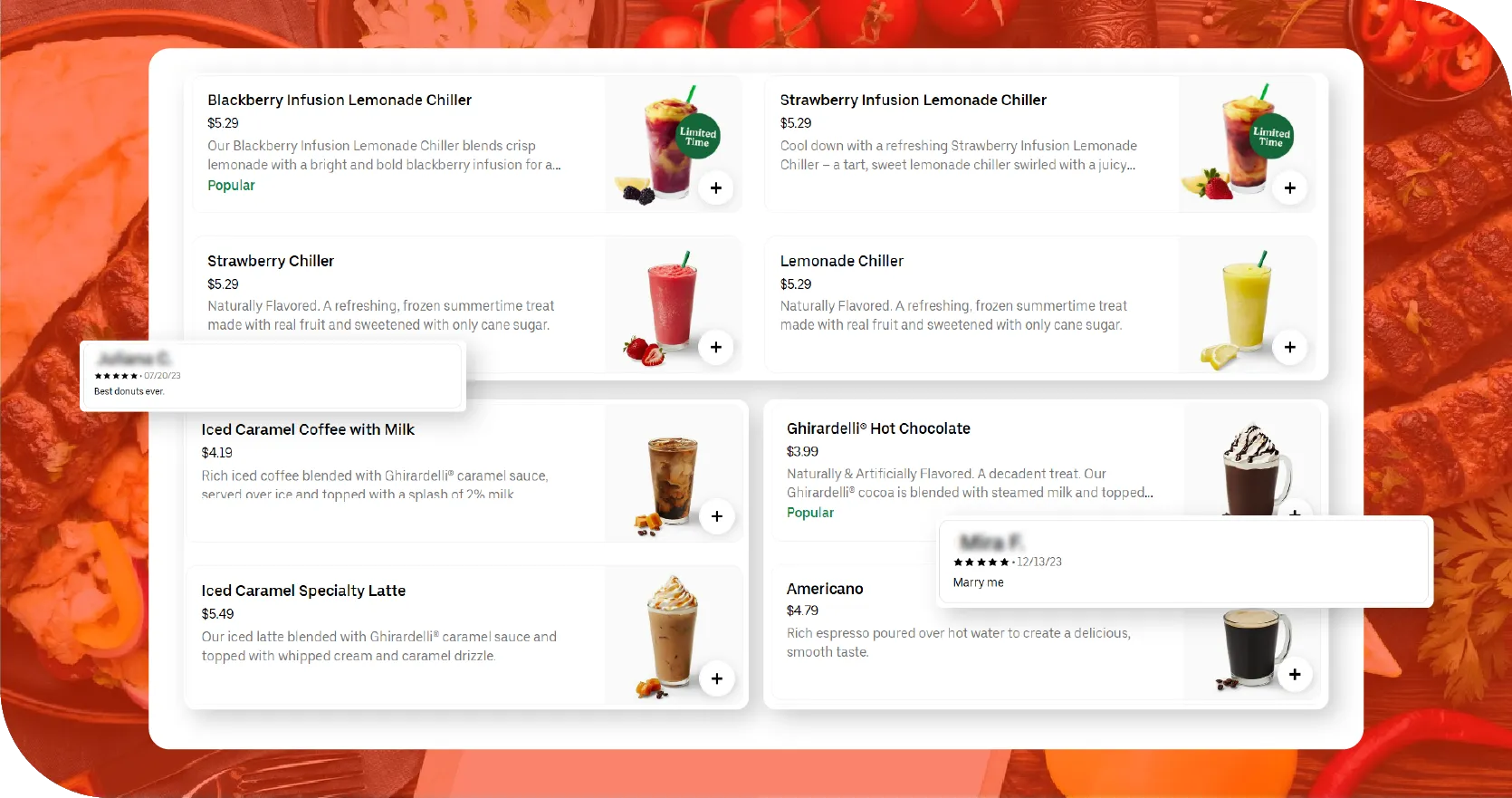
- Unified Scraping Infrastructure: We developed a robust system offering end-to-end Food Delivery Data Scraping Services, enabling the client to collect real-time, structured menu data from multiple platforms. Our unified framework standardized listings, pricing, and food categories, allowing seamless comparison across delivery apps and enhancing the client's menu benchmarking and trend analysis.
- API-Based Automation for Uber Eats: To overcome data refresh challenges, we implemented Uber Eats Food Delivery Scraping API Services, automating data extraction and ensuring the client received up-to-date menu insights. This allowed them to track competitors' offerings in real time, improving speed-to-market for promotions and localized menu decisions.
- Scalable Grubhub Data Solutions: Our team integrated scalable Grubhub Food Delivery Scraping API Services, enabling high-volume data collection across multiple regions. The solution provided clean, tagged datasets that the client could directly plug into their analytics systems, supporting strategic pricing, product launches, and regional menu alignment.
Methodologies Used
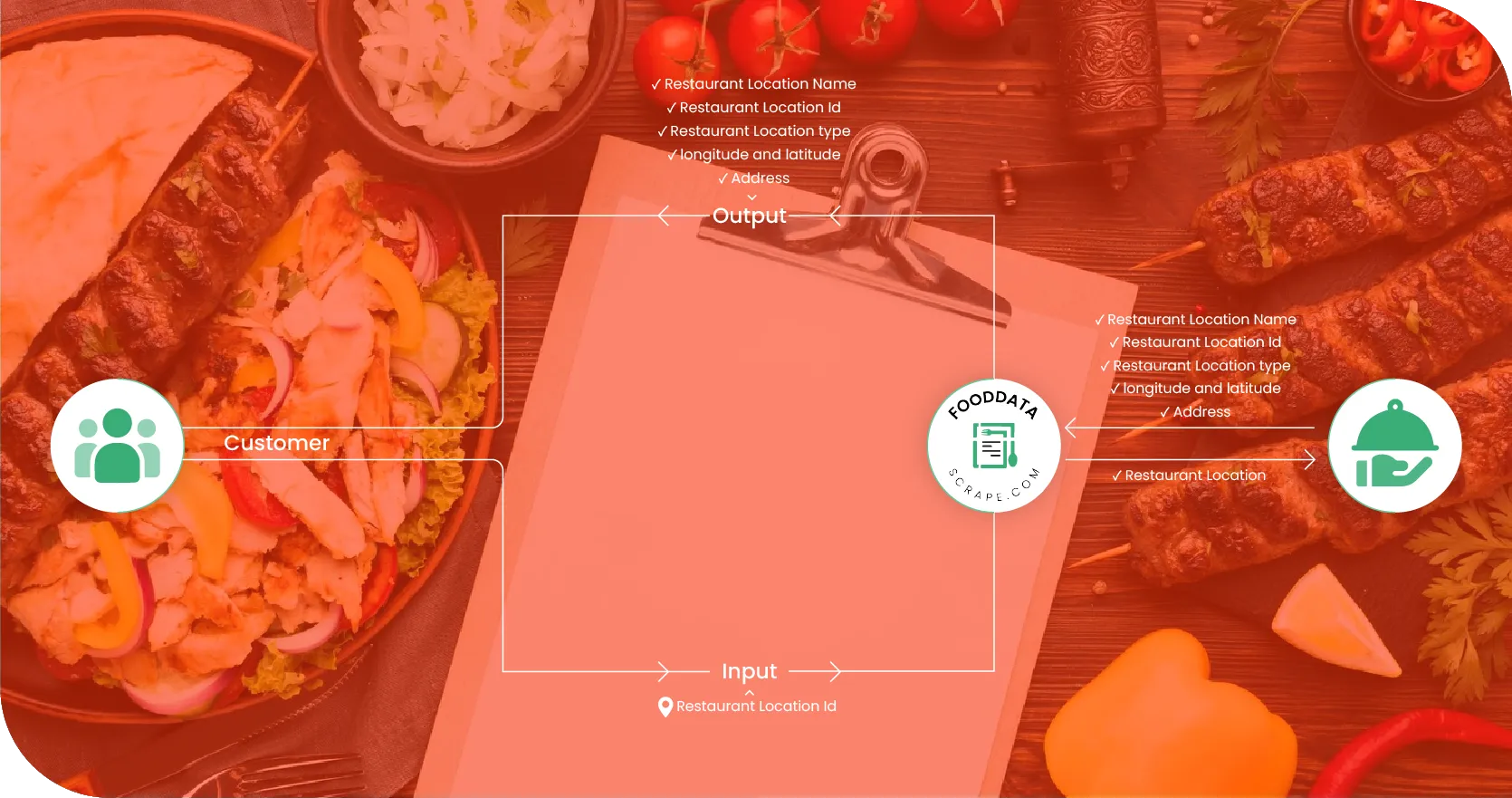
- Comprehensive Data Mapping: We built dynamic crawlers to conduct precise Restaurant Menu Data Scraping, extracting key attributes like item names, prices, ingredients, and modifiers while handling varying platform structures and layouts.
- API-Driven Automation: Our team leveraged robust Food Delivery Scraping API Services to automate real-time menu tracking, ensuring continuous updates and eliminating the delays of manual extraction workflows.
- Categorization and Tagging Framework: With machine learning models, we enriched raw data by applying contextual tagging, which enhanced the quality of our Restaurant Data Intelligence Services with segmented and searchable outputs.
- Unified Data Standardization: We normalized data across sources to fuel accurate, cross-platform Food Delivery Intelligence Services, ensuring consistency in analytics and reporting.
- Custom Analytics Interface: The final output was visualized through a customized Food Price Dashboard, providing clients with real-time access to competitive pricing and menu trends.
Advantages of Collecting Data Using Food Data Scrape
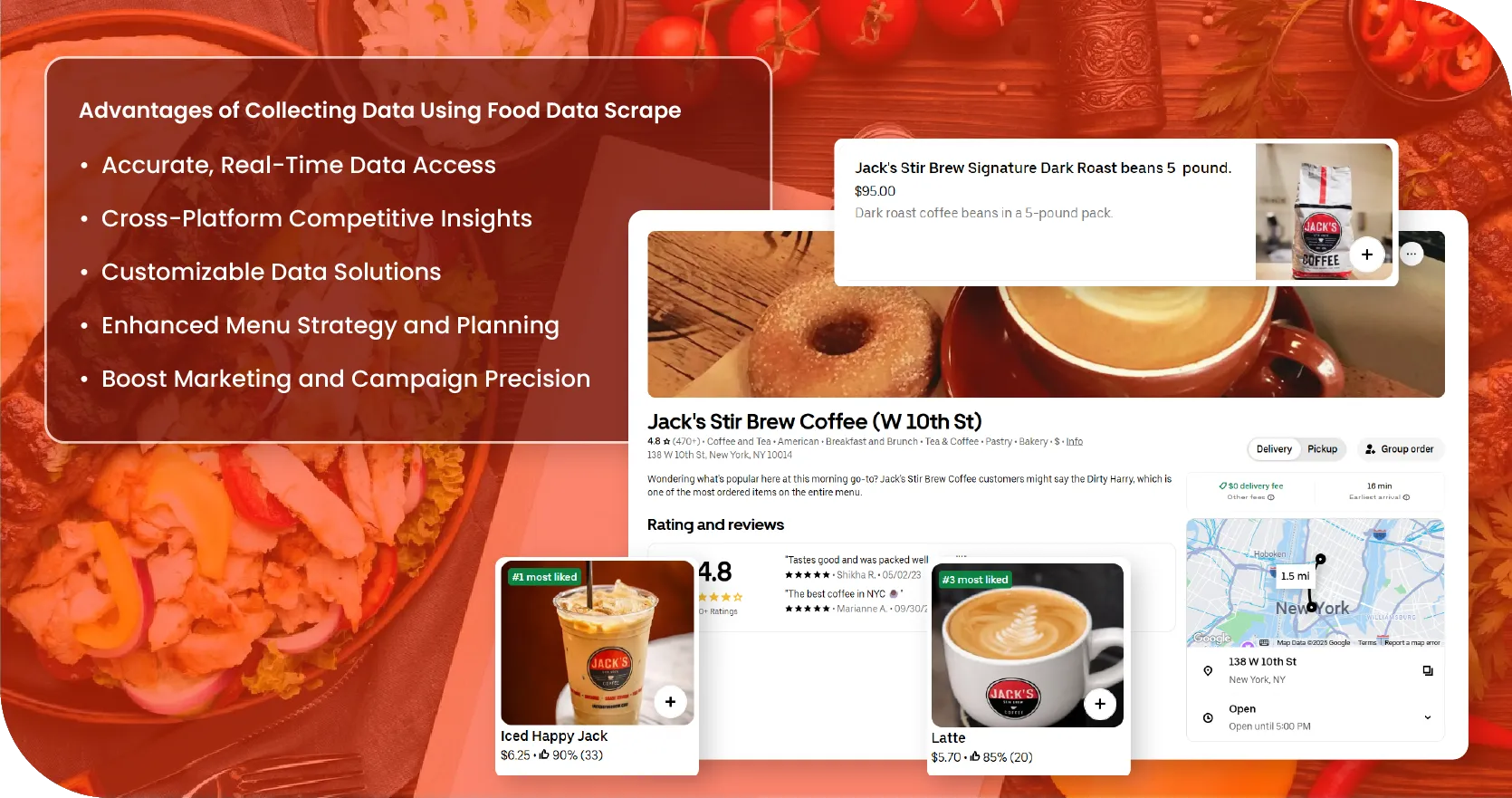
1. Accurate, Real-Time Data Access: Gain access to up-to-date restaurant menus, pricing, availability, and customer ratings from multiple food delivery platforms, enabling faster and more informed decisions.
2. Cross-Platform Competitive Insights: Monitor and compare offerings across platforms such as Uber Eats, DoorDash, and Grubhub to identify market gaps and effectively benchmark competitors.
3. Customizable Data Solutions: Our services are tailored to your unique business needs, whether you need location-specific data, cuisine filters, or price comparisons.
4. Enhanced Menu Strategy and Planning: Use structured data to analyze consumer trends, optimize menu items, and align offerings with current demand patterns.
5. Boost Marketing and Campaign Precision: Leverage clean and categorized data to run geo-targeted promotions, identify high-performing items, and improve customer engagement through data-backed strategies.
Client’s Testimonial
"Working with this team has completely transformed how we gather and use restaurant data. Their scraping solution gave us real-time access to detailed menus, pricing, and customer ratings across all major food delivery platforms. The data quality was exceptional, and their service was fully customizable to our specific needs. With their support, we've streamlined our menu analysis, improved our regional pricing strategies, and significantly enhanced our competitive intelligence. Their commitment to accuracy and consistency helped us make faster, smarter business decisions. Truly a reliable partner in data-driven growth."
—Director of Data Strategy
Final Outcomes:
The final results delivered a measurable business impact. Our client gained structured, real-time access to multi-platform Food Delivery Datasets, enabling consistent menu monitoring and pricing analysis across regions. With clean, categorized data, their teams executed targeted campaigns, optimized product placements, and adjusted pricing strategies with precision. The use of unified datasets also streamlined internal reporting and improved their go-to-market speed by 30%. Competitor benchmarking became effortless, and regional trends were tracked in near real time. Ultimately, our solution empowered their operations, marketing, and analytics teams with reliable, actionable insights, driving smarter decisions, increased efficiency, and a sharper competitive edge in the food delivery landscape.






















































































